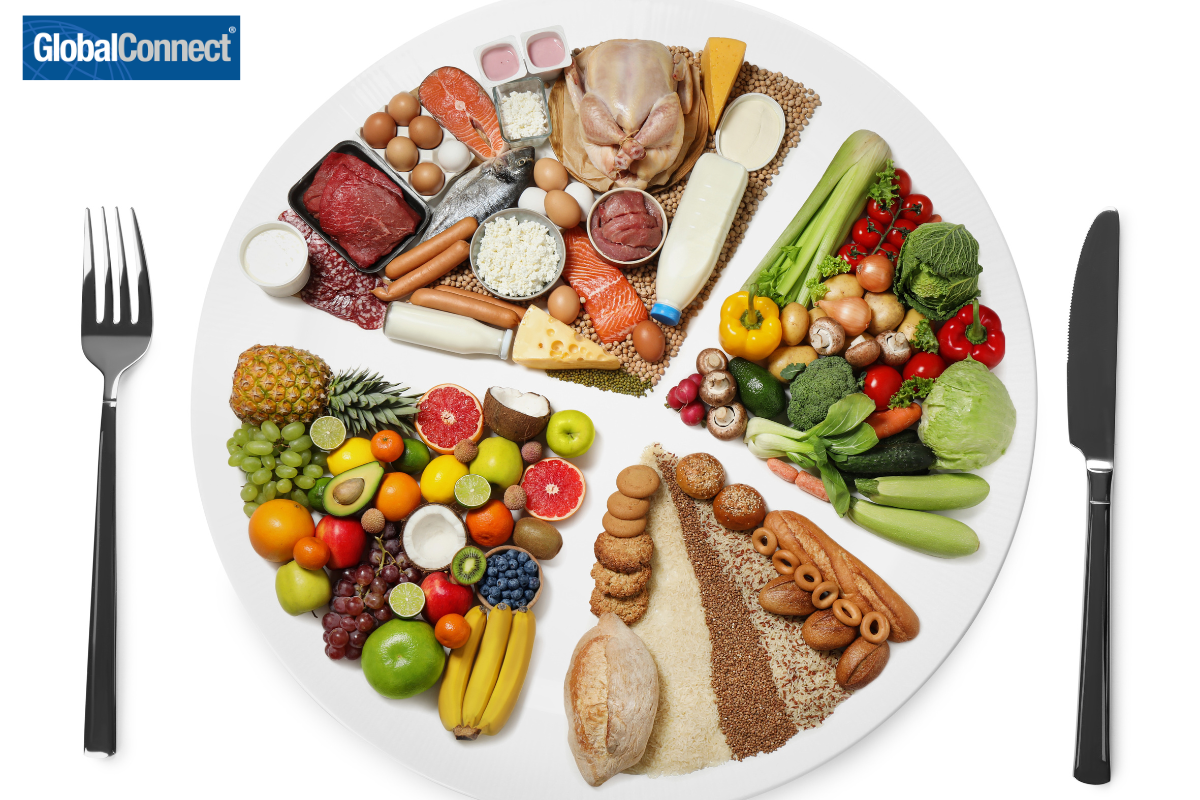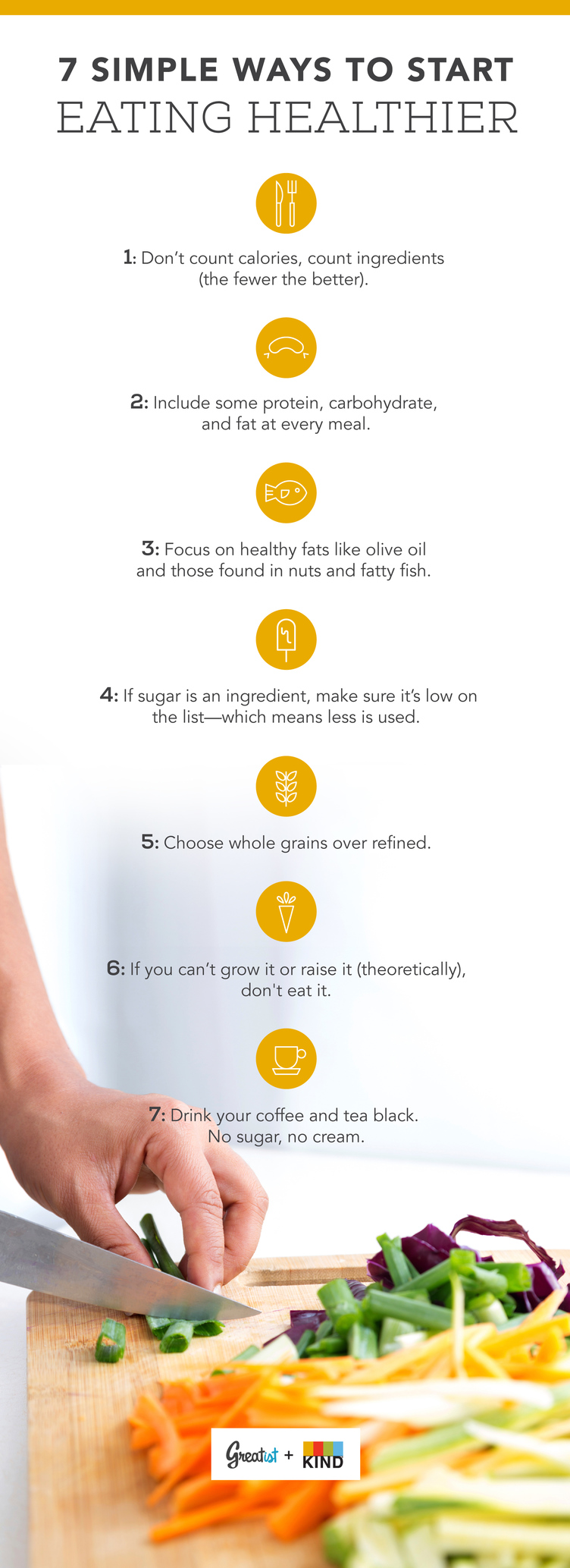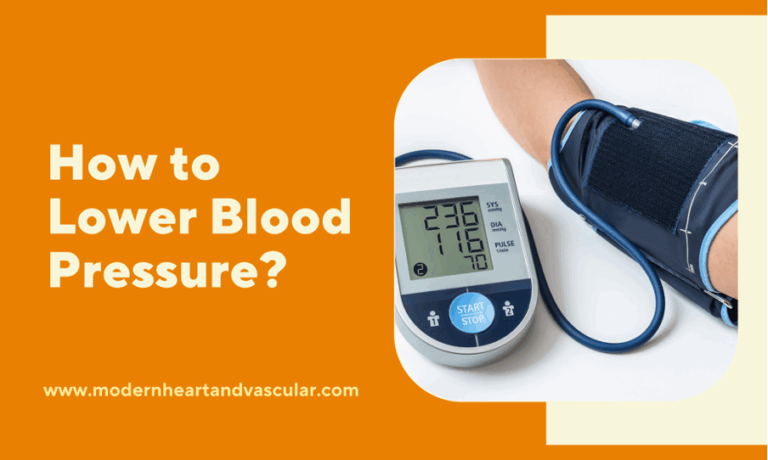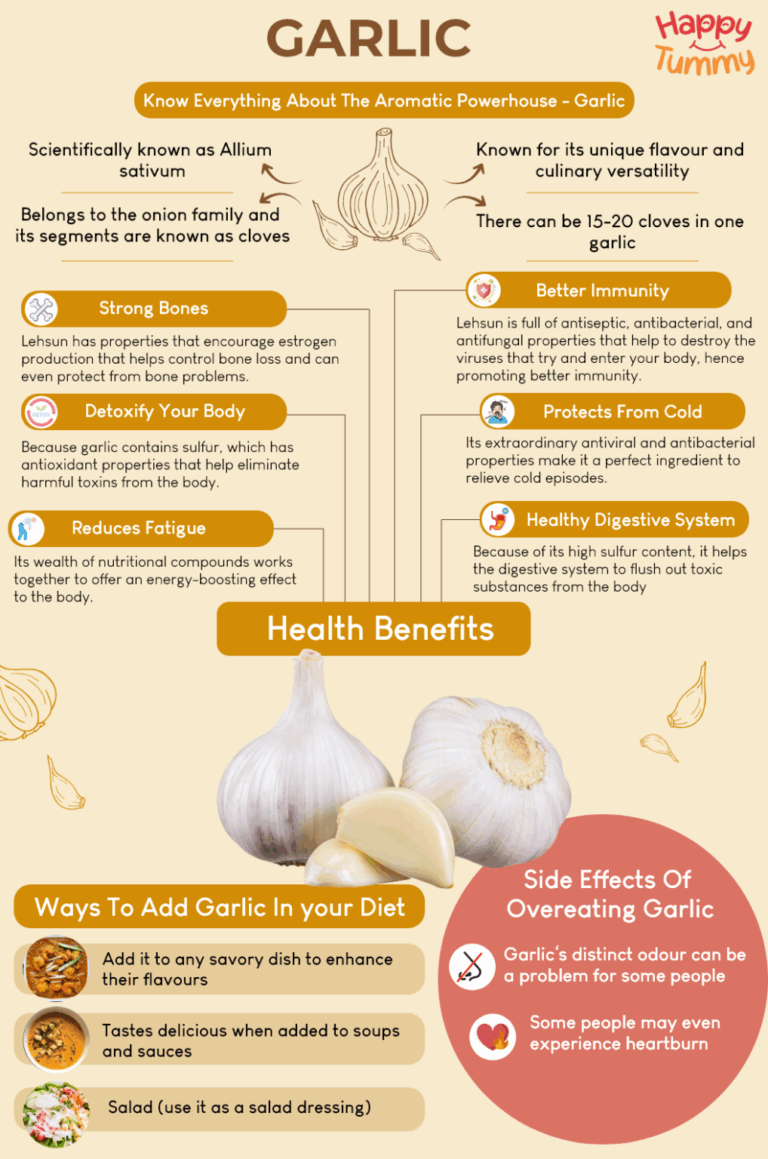Your Plate Reboot: 7 Easy Changes to Start Eating Healthier Today
We stand at a unique crossroads in human history, bombarded by an unprecedented array of food choices, nutritional advice, and diet culture narratives. The pursuit of "eating healthy" has, for many, become a labyrinth of conflicting information, guilt, and deprivation. We’re told to count calories, restrict macros, eliminate entire food groups, and chase fleeting trends that promise miraculous transformations. The result? Exhaustion, confusion, and a pervasive sense that healthy eating is an unattainable ideal, reserved for the disciplined few or those with endless time and resources.
But what if the path to a healthier plate wasn’t about radical overhauls or ascetic denial, but rather a series of gentle, consistent adjustments? What if it was less about a diet and more about a reboot – a fundamental shift in perspective that empowers you to nourish your body, mind, and spirit with grace and ease?
This isn’t another diet plan. This is a story of reconnection, a journey back to the intuitive wisdom our bodies inherently possess. It’s an invitation to shed the weight of dietary dogma and embrace seven simple, actionable changes that, when woven together, form a powerful tapestry of sustainable well-being. These aren’t just "tips"; they are foundational pillars, designed for the knowledgeable individual who understands that true health is a holistic endeavor, built incrementally, day by day, bite by bite.
Let’s embark on this journey, not as a sprint to a finish line, but as a mindful walk towards a more vibrant, energized, and deeply nourished self.
>
The Overture: Reclaiming Your Nutritional Narrative
Before we dive into the specific changes, let’s acknowledge the common ground many of us share. We live in a world that often prioritizes speed and convenience over nourishment. Our plates have become reflections of hurried schedules, marketing ploys, and sometimes, simply a lack of awareness about the profound impact food has on every cell of our being. The "reboot" is about interrupting this autopilot mode and consciously choosing a different narrative – one where your plate becomes a canvas for vitality, not just sustenance. It’s about understanding that small hinges swing big doors, and that consistent, gentle effort yields far more sustainable results than sporadic, extreme measures.
>
1. Hydration: The Foundation of Fuel
Imagine a lush garden, vibrant and teeming with life. Now imagine that garden without water. It wouldn’t take long for the leaves to wilt, the colors to dull, and the life force to recede. Our bodies, composed of roughly 60% water, are no different. Water isn’t just a beverage; it’s the very solvent of life, facilitating every metabolic process, transporting nutrients, regulating temperature, and cushioning our joints. Yet, in our quest for exotic superfoods and complex dietary protocols, we often overlook this most fundamental and accessible nutrient.
The Story of the Silent Signal: Many times, when we reach for a snack, especially one high in sugar or salt, our body might actually be signaling thirst, not hunger. This subtle misinterpretation is a common pitfall. Our ancient physiological signals are sometimes blurred by modern diets and habits. Learning to differentiate between genuine hunger and the quiet plea for hydration is a powerful first step.
Why it Matters:
- Metabolic Efficiency: Water is crucial for countless enzymatic reactions that drive metabolism. A well-hydrated body is a more efficient fat-burning and energy-producing machine.
- Energy and Focus: Dehydration, even mild, can lead to fatigue, headaches, and impaired cognitive function. Think of your brain as a sponge; it needs to be plump with water to function optimally.
- Digestion and Elimination: Water lubricates the digestive tract, aiding in nutrient absorption and preventing constipation. It’s the silent hero of a healthy gut.
- Satiety and Weight Management: Drinking water before meals can help you feel fuller, naturally reducing overall calorie intake. It also helps the body differentiate between thirst and hunger cues, as mentioned.
Your Easy Change:
- Water First: Make water your go-to beverage. Before you reach for coffee, juice, or a soda, have a glass of water.
- The Morning Ritual: Start your day with 1-2 glasses of water, perhaps with a squeeze of lemon or lime to kickstart digestion and alkalinity.
- Schedule It: Set reminders on your phone, or create visual cues (e.g., fill a large water bottle and aim to finish it by a certain time).
- Infuse It: If plain water feels boring, infuse it with fruits (berries, citrus), vegetables (cucumber, ginger), or herbs (mint, basil) for a natural flavor boost without added sugars.
- Listen to Your Body: Pay attention to the color of your urine (pale yellow is ideal) and the frequency of your thirst.
By consistently prioritizing hydration, you’re not just drinking water; you’re laying the essential groundwork for every other healthy change to take root and flourish. It’s a simple act with profound systemic benefits.
>
2. Embrace the Rainbow: Prioritizing Plants
Imagine your plate as a vibrant artist’s palette, each color representing a different masterpiece of nutrients. For too long, the standard American plate has been dominated by beige and brown – refined grains, processed meats, and fried foods. This monochromatic approach deprives our bodies of the incredible diversity of vitamins, minerals, fiber, and phytonutrients that plant-based foods offer.
The Story of the Nutrient Treasure Chest: Every fruit, vegetable, legume, nut, and seed is a meticulously designed package of health-promoting compounds. The pigments that give blueberries their deep indigo, carrots their brilliant orange, and spinach its rich green are not just for show; they are powerful antioxidants, anti-inflammatory agents, and cellular protectors. When we eat a wide variety of these colors, we unlock a synergistic effect, where these compounds work together to bolster our immunity, reduce chronic disease risk, and enhance overall vitality.
Why it Matters:
- Nutrient Density: Plants are packed with vitamins (A, C, K, folate), minerals (potassium, magnesium, iron), and trace elements crucial for optimal bodily function.
- Fiber Powerhouse: Dietary fiber, found exclusively in plants, is essential for digestive health, blood sugar regulation, cholesterol management, and satiety. It feeds our beneficial gut bacteria, which in turn produce compounds vital for our immune system and mood.
- Phytonutrients & Antioxidants: These unique plant compounds (e.g., flavonoids, carotenoids, polyphenols) act as cellular protectors, combatting oxidative stress and inflammation, which are root causes of many chronic diseases.
- Disease Prevention: A diet rich in plant foods is consistently linked to a lower risk of heart disease, type 2 diabetes, certain cancers, and neurodegenerative conditions.
Your Easy Change:
- Add One More: Instead of thinking about what to eliminate, focus on what to add. Aim to include at least one fruit or vegetable at every meal, then gradually increase.
- "Crowding Out": By filling your plate with more nutrient-dense plants, you naturally have less room for less healthy options. This is a gentle, sustainable approach to dietary improvement.
- Make Half Your Plate: A simple visual cue: aim for fruits and vegetables to occupy at least half of your plate at lunch and dinner.
- Experiment with Diversity: Don’t stick to the same few vegetables. Explore new options at the farmer’s market or grocery store. Try different colors, textures, and preparation methods.
- Don’t Fear Frozen or Canned (Wisely): Frozen vegetables are picked at their peak ripeness and flash-frozen, preserving their nutrient content. Canned options (like beans or diced tomatoes) are convenient; just rinse them to reduce sodium.
- Sneak Them In: Add spinach to smoothies, grated zucchini to pasta sauce, or pureed cauliflower to mashed potatoes.
Embracing the rainbow isn’t about becoming vegetarian or vegan (though it can be a pathway for some); it’s about elevating the status of plant foods on your plate, allowing their inherent power to nourish and heal you from the inside out.
>
3. Mindful Eating: Savoring Every Bite
In our fast-paced world, eating has often devolved into a utilitarian act – something we do quickly, often while distracted, to refuel and move on. We eat at our desks, in our cars, in front of screens, rarely giving our food, or our bodies’ signals, the attention they deserve. This disconnect can lead to overeating, poor digestion, and a profound lack of satisfaction, even when consuming nourishing meals. Mindful eating is the antidote to this frenetic pace; it’s the practice of bringing full awareness to the experience of eating.
The Story of the Autopilot Eater: How many times have you finished a meal, only to realize you barely tasted it? Or reached the bottom of a snack bag without consciously registering each bite? This is the autopilot eater – a state where our primal instincts for sustenance override our conscious awareness. Mindful eating is about disengaging the autopilot and reactivating our senses, allowing us to truly connect with our food and our bodies.
Why it Matters:
- Improved Digestion: When we eat mindfully, we tend to chew our food more thoroughly, signaling to our digestive system to release enzymes and acids needed for optimal breakdown and nutrient absorption.
- Enhanced Satiety & Hunger Cues: By paying attention, we can better recognize the subtle signals of hunger and fullness, preventing overeating and fostering a healthier relationship with food.
- Greater Enjoyment: Slowing down allows us to fully appreciate the flavors, textures, aromas, and visual appeal of our food, transforming a necessity into a pleasurable experience.
- Reduced Emotional Eating: Mindful eating helps us differentiate between physical hunger and emotional hunger, allowing us to address the root cause of our cravings rather than using food as a coping mechanism.
- Stress Reduction: The act of mindful eating can be a meditative practice, providing a brief pause in a busy day and promoting a sense of calm.
Your Easy Change:
- Pause Before You Eat: Take a moment to acknowledge your food. Think about where it came from, the effort involved in its preparation, and how it will nourish your body.
- Engage All Your Senses: Before taking a bite, observe the colors and shapes. Smell the aromas. As you chew, notice the textures, the flavors, and how they evolve.
- Slow Down: Put your fork down between bites. Chew thoroughly. Aim to make a meal last at least 20 minutes – this is roughly how long it takes for your brain to register fullness signals.
- Minimize Distractions: Turn off screens, put away your phone, and step away from your desk. Dedicate your mealtime solely to eating.
- Check In with Hunger/Fullness: Periodically ask yourself, "Am I still hungry? Am I satisfied? How does my body feel?" Stop eating when you feel comfortably full, not stuffed.
- Start Small: Choose one meal a day to practice mindful eating, then gradually extend it to others. Even five minutes of mindful eating can make a difference.
Mindful eating isn’t about perfection; it’s about practice. It’s about bringing conscious awareness and gratitude to one of life’s most fundamental pleasures, transforming your relationship with food from one of obligation to one of nourishment and joy.
>
4. Power Up with Protein: The Satiety Secret
Picture a car trying to run on an empty tank or with cheap, inconsistent fuel. It sputters, struggles, and eventually breaks down. Our bodies are similar. Protein, often called the building block of life, is essential for countless physiological functions, from muscle repair and hormone production to enzyme synthesis and immune support. Yet, many diets neglect adequate protein intake, leading to persistent hunger, energy crashes, and a struggle to maintain a healthy weight.
The Story of the Long-Lasting Fuel: Carbohydrates provide quick energy, fats provide concentrated energy, but protein provides sustained energy and, crucially, a powerful sense of satiety. When you consume enough protein, your body releases hormones that signal fullness, reducing cravings and preventing the dreaded "afternoon slump" that often leads to unhealthy snacking. It’s the difference between a fleeting sugar rush and a steady, reliable source of power.
Why it Matters:
- Satiety & Hunger Control: Protein is the most satiating macronutrient. It takes longer to digest, keeping you feeling fuller for longer and reducing the urge to overeat.
- Muscle Maintenance & Growth: Essential for repairing and building muscle tissue, which is vital for metabolism, strength, and preventing age-related muscle loss (sarcopenia).
- Stable Blood Sugar: Unlike simple carbohydrates, protein has a minimal impact on blood sugar levels, helping to prevent spikes and crashes that contribute to fatigue and cravings.
- Metabolic Boost: Protein has a higher thermic effect of food (TEF) than carbs or fats, meaning your body burns more calories digesting and metabolizing it.
- Hormone & Enzyme Production: Proteins are fundamental components of hormones, enzymes, and antibodies, all critical for optimal bodily function and immune health.
Your Easy Change:
- Protein at Every Meal: Aim to include a source of lean protein at breakfast, lunch, and dinner. This helps stabilize blood sugar throughout the day.
- Prioritize Breakfast Protein: Instead of sugary cereals or pastries, opt for eggs, Greek yogurt, cottage cheese, a protein smoothie, or even leftover chicken. This sets the tone for sustained energy.
- Diverse Sources: Don’t just stick to chicken breast. Explore lean meats, fish, eggs, dairy, and a wide array of plant-based options like lentils, beans, tofu, tempeh, edamame, and quinoa.
- Smart Snacking: When you need a snack, pair protein with fiber (e.g., apple slices with nut butter, Greek yogurt with berries, hard-boiled egg).
- Listen to Your Body’s Needs: While general recommendations exist, individual protein needs vary based on activity level, age, and goals. Pay attention to how different protein intakes affect your energy and satiety.
By strategically incorporating adequate protein throughout your day, you’re not just feeding your muscles; you’re fueling your metabolism, stabilizing your energy, and naturally reducing the battle against cravings. It’s a foundational shift that empowers your body to thrive.
>
5. Smart Snacking: Bridging the Gaps Wisely
Snacks have a bad rap, often associated with mindless munching of highly processed, nutrient-poor foods. Yet, strategically chosen snacks can be powerful allies in a healthy eating journey. They can bridge long gaps between meals, prevent extreme hunger that leads to overeating, and provide an opportunity to boost nutrient intake. The key lies in shifting from reactive, impulsive snacking to proactive, intelligent choices.
The Story of the Strategic Pit Stop: Imagine you’re on a long road trip. You wouldn’t wait until your car is sputtering on fumes before pulling over for gas. Instead, you plan strategic pit stops to refuel and maintain optimal performance. Our bodies are the same. When we go too long without food, blood sugar can dip, leading to irritability, lack of focus, and an increased likelihood of making poor food choices out of desperation. Smart snacking is your body’s strategic pit stop, keeping your engine running smoothly.
Why it Matters:
- Blood Sugar Stability: Well-chosen snacks (especially those with protein and fiber) help prevent drastic blood sugar fluctuations, maintaining stable energy levels and reducing cravings.
- Preventing Overeating: A small, balanced snack can curb extreme hunger, making you less likely to overeat at your next main meal.
- Nutrient Delivery: Snacks offer an extra opportunity to sneak in fruits, vegetables, healthy fats, and proteins that you might have missed at meals.
- Energy & Focus: Consistent fuel throughout the day supports sustained mental clarity and physical energy, preventing the afternoon slump.
- Metabolic Support: Regular, balanced eating can help support a healthy metabolism.
Your Easy Change:
- Plan Ahead: Just like your meals, plan your snacks. Have healthy options readily available at home, work, or on the go.
- The Protein-Fiber Power Duo: The most effective snacks combine protein and fiber for maximum satiety and blood sugar control. Examples: apple slices with peanut butter, Greek yogurt with berries, a handful of nuts and seeds, cottage cheese with cucumber, a hard-boiled egg.
- Portion Control: Even healthy snacks can contribute to excess calories if portions are uncontrolled. Be mindful of serving sizes, especially for calorie-dense items like nuts and avocados.
- Listen to True Hunger: Before reaching for a snack, pause and assess your hunger level. Are you truly hungry, or is it boredom, stress, or thirst?
- Avoid "Naked Carbs": Eating a piece of fruit alone is fine, but pairing it with a protein or healthy fat (e.g., an apple with a few almonds) will make it more satisfying and prevent a rapid blood sugar spike.
- Stay Hydrated: Sometimes, what feels like hunger is actually thirst. Drink a glass of water first and wait 10-15 minutes before deciding if you still need a snack.
By transforming snacking from a haphazard act into a mindful, strategic choice, you empower yourself to manage your energy, control your cravings, and consistently nourish your body throughout the day.
>
6. Become a Label Detective: Knowing Your Ingredients
In the era of ultra-processed foods, where marketing claims often overshadow nutritional reality, becoming an astute label reader is no longer a niche skill – it’s a vital tool for taking control of your health. The front of a package might scream "healthy!" or "natural!", but the truth often lies in the fine print of the ingredients list and nutritional panel. This change is about empowering you with knowledge, allowing you to make informed decisions that align with your health goals.
The Story of the Hidden Truths: Many food products are cleverly formulated to be hyper-palatable – engineered to taste so good that they override our natural satiety signals. This is often achieved through an excess of sugar, unhealthy fats, and artificial additives, which are frequently disguised under various names. Without a keen eye for these hidden truths, we can inadvertently sabotage our health, believing we’re making good choices when we’re actually consuming ingredients that contribute to inflammation, energy crashes, and weight gain.
Why it Matters:
- Unmasking Hidden Sugars: Sugar goes by many names (high-fructose corn syrup, dextrose, maltose, corn syrup solids, cane juice, etc.). Learning to identify them helps you reduce your intake of added sugars, which contribute to inflammation, insulin resistance, and empty calories.
- Identifying Unhealthy Fats: Distinguish between beneficial fats (e.g., olive oil, avocado oil, nuts) and pro-inflammatory fats like highly processed vegetable oils (soybean, corn, sunflower, safflower oil, especially when partially hydrogenated, indicating trans fats).
- Avoiding Unnecessary Additives: Many artificial colors, flavors, and preservatives have been linked to various health concerns, particularly in sensitive individuals. Prioritizing whole, unprocessed foods naturally minimizes exposure.
- Understanding Nutritional Value: Beyond ingredients, the nutritional panel provides crucial information about serving sizes, macronutrient breakdown (carbs, protein, fat), fiber content, and sodium levels.
- Empowered Choices: Knowing what you’re truly consuming allows you to make conscious choices, selecting products that align with your values and health objectives.
Your Easy Change:
- Prioritize the Ingredients List: This is the most important part of the label. Look for short, recognizable lists. If you can’t pronounce an ingredient or don’t know what it is, proceed with caution.
- Beware of Sugar’s Many Aliases: Memorize a few common names for added sugars and scan for them early in the ingredients list (ingredients are listed in descending order by weight).
- Scrutinize Serving Sizes: The nutritional panel values are based on the stated serving size, which is often much smaller than what people typically consume. Multiply accordingly.
- Focus on Fiber and Protein: Look for products that are good sources of dietary fiber and protein, as these contribute to satiety and nutrient density.
- Sodium Awareness: Processed foods are often high in sodium. Be mindful of the daily recommended limits, especially if you have blood pressure concerns.
- The "5-Ingredient Rule": While not a hard-and-fast rule, generally, foods with fewer than five ingredients, especially if they are all whole foods, tend to be less processed and healthier.
Becoming a label detective is about cultivating a critical eye and a curious mind. It transforms you from a passive consumer into an active participant in your health, ensuring that what you put into your body is truly nourishing and supportive of your well-being.
>
7. Plan & Prep: Your Kitchen as a Health Hub
The road to healthy eating is often paved with good intentions that crumble under the weight of time constraints, unexpected hunger, and sheer decision fatigue. When you’re tired, stressed, or ravenously hungry, the path of least resistance – often unhealthy takeout or convenience foods – becomes overwhelmingly appealing. This is where planning and preparation become your most powerful allies. By transforming your kitchen into a proactive health hub, you create an environment where healthy choices are not just possible, but inevitable.
The Story of the Ship’s Captain: Imagine you’re the captain of a ship. You wouldn’t set sail without a map, a stocked pantry, and a clear destination. Meal planning and food prep are your navigational tools for the week ahead. They allow you to anticipate challenges, prepare for potential storms (like busy evenings or unexpected cravings), and ensure your journey stays on course towards optimal health. Without this foresight, you’re adrift, at the mercy of whatever currents (or cravings) come your way.
Why it Matters:
- Time & Stress Reduction: Having meals and snacks planned and partially prepared reduces daily decision-making fatigue and frees up precious time during busy weekdays.
- Consistency & Adherence: When healthy options are readily available, you’re far more likely to stick to your goals, even when willpower is low.
- Cost Savings: Eating out frequently adds up. Planning and cooking at home are generally more budget-friendly.
- Portion Control: Preparing your own meals allows you to control ingredient quality, portion sizes, and nutrient balance.
- Reduced Food Waste: Planning helps you buy only what you need, minimizing spoilage and food waste.
- Nutrient Optimization: You can intentionally build meals that meet your specific nutritional needs and preferences.
Your Easy Change:
- Designate a "Prep Day": Choose a few hours once or twice a week (e.g., Sunday afternoon) to focus on meal prep.
- Meal Planning Matrix: Create a simple weekly meal plan. It doesn’t have to be rigid; a general outline of dinners and ideas for lunches/snacks is a great start.
- Batch Cooking Staples: Cook larger quantities of versatile ingredients that can be used in multiple meals:
- Grains: Quinoa, brown rice, farro
- Proteins: Roasted chicken breasts, hard-boiled eggs, cooked lentils/beans
- Veggies: Roasted sheet pan vegetables, chopped raw veggies for snacks/salads
- "Component Prep": Instead of full meals, prep individual components. Chop vegetables, wash greens, pre-portion nuts/seeds, make a big batch of dressing. This makes assembly quick and easy.
- Stock Your Pantry & Fridge: Keep healthy staples on hand: whole grains, legumes, canned fish, frozen fruits/vegetables, nuts, seeds, healthy oils, and spices.
- Smart Leftovers: Cook extra dinner servings to pack for lunch the next day. This is a powerful time-saver.
- Keep it Simple: You don’t need gourmet recipes every night. Focus on balanced, easy-to-assemble meals.
By embracing the practice of planning and preparation, you’re not just organizing your food; you’re organizing your health. You’re proactively creating a supportive environment that makes healthy eating a seamless and sustainable part of your life, rather than a constant battle.
>
The Grand Finale: Your Ongoing Journey of Nourishment
We’ve explored seven powerful, yet simple, changes that can fundamentally reboot your relationship with food and transform your health. From the foundational act of hydration to the empowering practice of kitchen planning, each step builds upon the last, creating a synergistic effect that goes far beyond mere dietary compliance.
Remember, this is not about perfection. It’s about progress, consistency, and self-compassion. There will be days when you veer off course, when old habits resurface, or when life simply gets in the way. That’s not a failure; it’s an opportunity to learn, adjust, and gently guide yourself back to the path. The "reboot" isn’t a one-time event; it’s an ongoing process of listening to your body, experimenting with what feels good, and continually refining your approach to nourishment.
Your body is an incredible, resilient system, constantly striving for balance and well-being. By making these seven changes, you are actively supporting that innate intelligence. You are reclaiming your plate, not as a source of stress or deprivation, but as a source of profound vitality, energy, and joy.
So, take a deep breath. Choose one change to focus on this week, or perhaps one new habit each day. Start small, stay consistent, and trust the process. Your plate reboot begins now, and with each conscious choice, you are writing a new, healthier, and more vibrant story for yourself. The journey awaits, and your nourished self will thank you.







